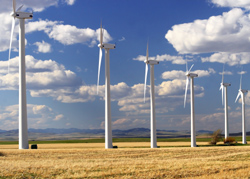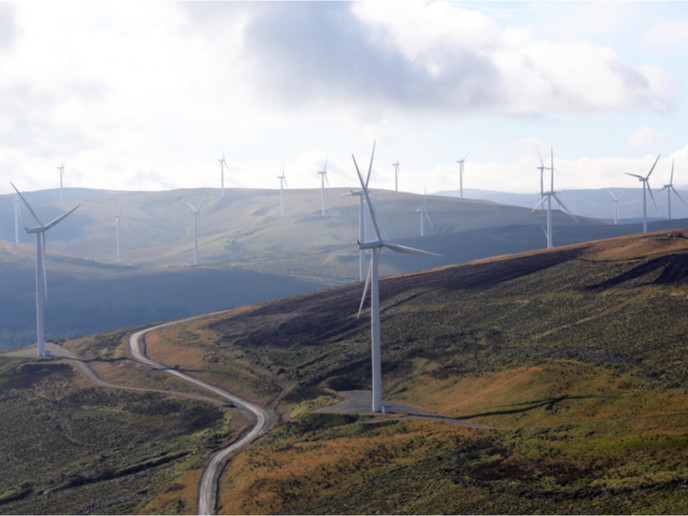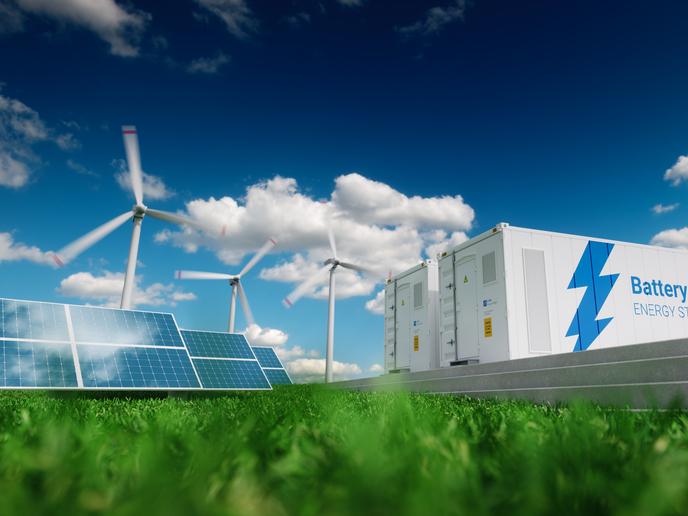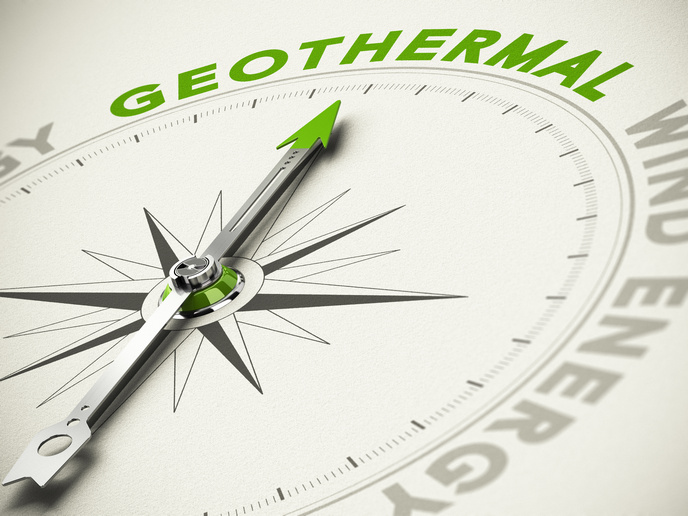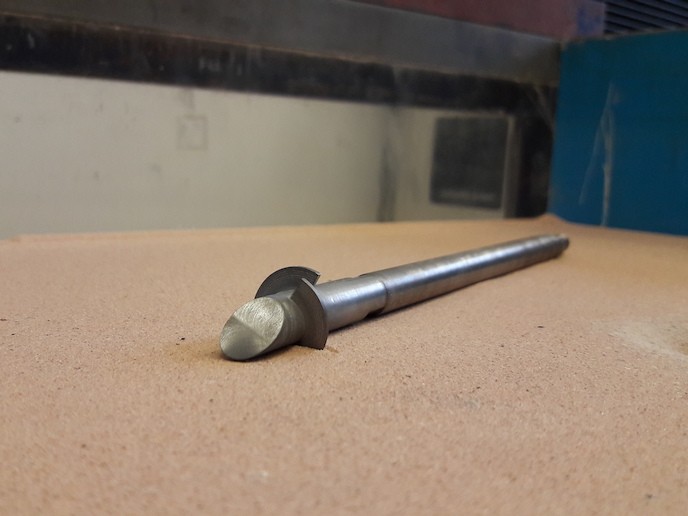Improving stability control in wind turbines
The STABCON project developed reliable design tools for the analysis and optimisation of large wind turbines with regard to aeroelastic stability and active control. The project eliminated much of the uncertainty that can result from the design of wind turbines, thereby improving the reliability, durability and competitiveness of wind power. It is envisaged that a reduction in the cost of wind energy and improved safety through active stability control will lead to greater social acceptance of wind energy. Researchers from the STABCON project adapted and refined the ARLIS (Aeroelastic analysis of rotating linear systems) program. The program system was originally designed for the linear dynamic and aeroelastic analysis of horizontal axis wind turbines. Through the application of Floquet's Theory it is capable of handling wind turbines operating with one, two and more blades. One limitation however is that ARLIS is restricted to a constant number of revolutions per minute of the wind turbine. In order to carry out a dynamic analysis of the coupled rotor-tower-system the separated systems were described by finite element (FE) models. One assumption made was that the displacements were sufficiently small so that linear equations of motion could be used. Large stationary displacements were investigated by conducting an analysis around the equilibrium state of the deformed structure. The tower and rotor were connected by one nodal (or coupling) point. Mass, stiffness, as well as damping parameters were used in the definition of a simple FE model of the drive train with gearbox and high speed generator. This enabled researchers to investigate both synchronous and asynchronous generators. Steady state and transient responses of the coupled system were calculated, taking into account loading as a result of deadweight, wind shear and gust events. The results were fed into the FE system which then calculated nodal point displacements, stresses and forces.



